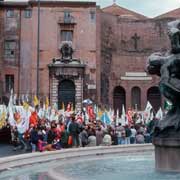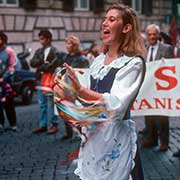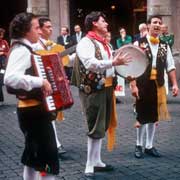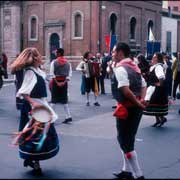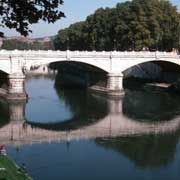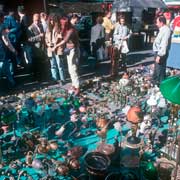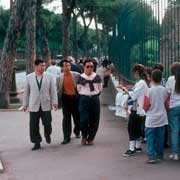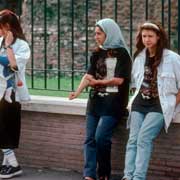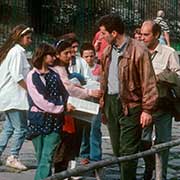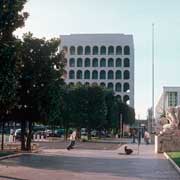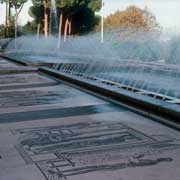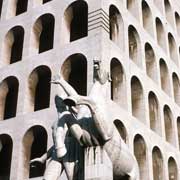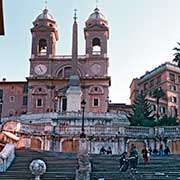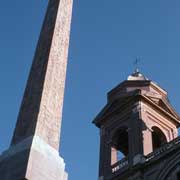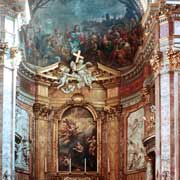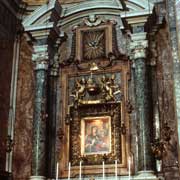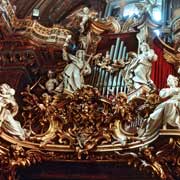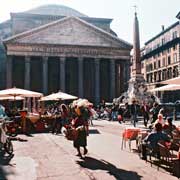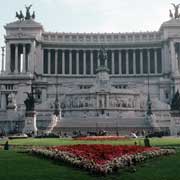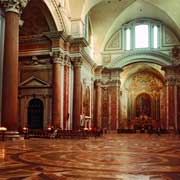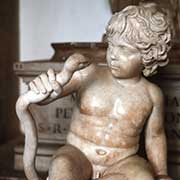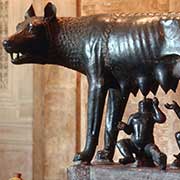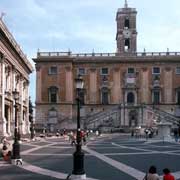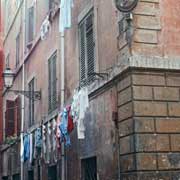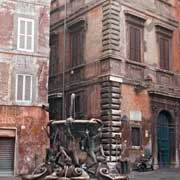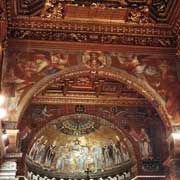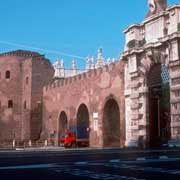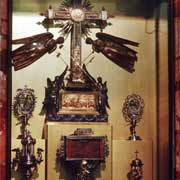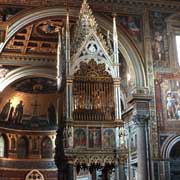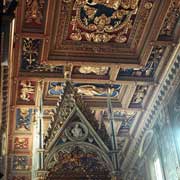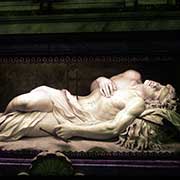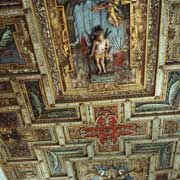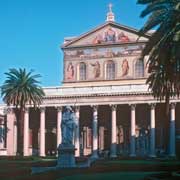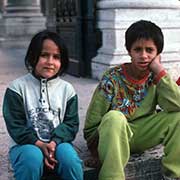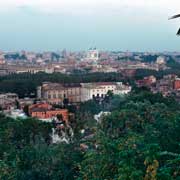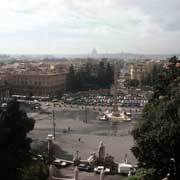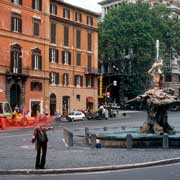Photos of Eternal Rome, Italy’s capital
Eternal Rome, Italy’s capital
Rome, the capital of Italy, is often called the Eternal City because of its long history: it has been an important centre of civilisation for over 2000 years. One of the world’s most beautiful cities, ancient monuments and magnificent churches and palaces are reminders of Rome’s past glory. As the capital of the mighty Roman Empire, Rome was a Superpower in the Western world for centuries; it ruled most of Europe, northern Africa, and western Asia. Even today, Rome’s influence can still be seen in architecture, government, language, and law.
you may then send it as a postcard if you wish.
After Emperor Constantine’s conversion, Rome also became the centre of the Roman Catholic Church. The popes brought a new splendour to Rome in the 16th and 17th Centuries: Saint Peter’s Basilica in Vatican City is Europe’s largest Christian church. There are many others: the Church of San Giovanni in Laterano has a tabernacle believed to contain the heads of the apostles Peter and Paul. The Church of Santa Croce in Gerusalemme claims to contain fragments of the cross on which Christ was crucified.
Rome, on both banks of the Tiber River, is built on about 20 hills, including the seven famous hills on which ancient Rome was created: the Aventine, Caelian, Capitoline, Esquiline, Palatine, Quirinal, and Viminal hills. The Italian presidential palace and some of Rome’s government buildings stand on the Quirinal, the tallest of the seven hills. There are many beautiful squares, parks and gardens and museums with priceless art collections.
According to Roman legend, the twin brothers Romulus and Remus established a settlement in 753 BCE on Palatine Hill, one of Rome’s hills overlooking the Tiber River. The brothers, born in the ancient Italian city of Alba Longa, were the children of Rhea Silvia, the daughter of its King Numitor, who Amulius, his younger brother, had deposed. Amulius had also killed Numitor’s sons to prevent them from challenging him; he had Rhea Silvia executed and ordered the twin babies placed in a basket and thrown into the Tiber River. After floating downstream, they were washed ashore, where a female wolf found the infants and nursed them. A shepherd later discovered the boys and raised them as his own. When the twins became young men and learned of their identity, they killed Amulius and restored Numitor to the throne. They then found their city, but after the brothers quarrelled, Remus was killed. Romulus then became the sole ruler of the town, which he named after himself: Rome.
Romulus, Remus, and the wolf became popular subjects for Roman artists. Several ancient statues show the babies with their animal protector.



